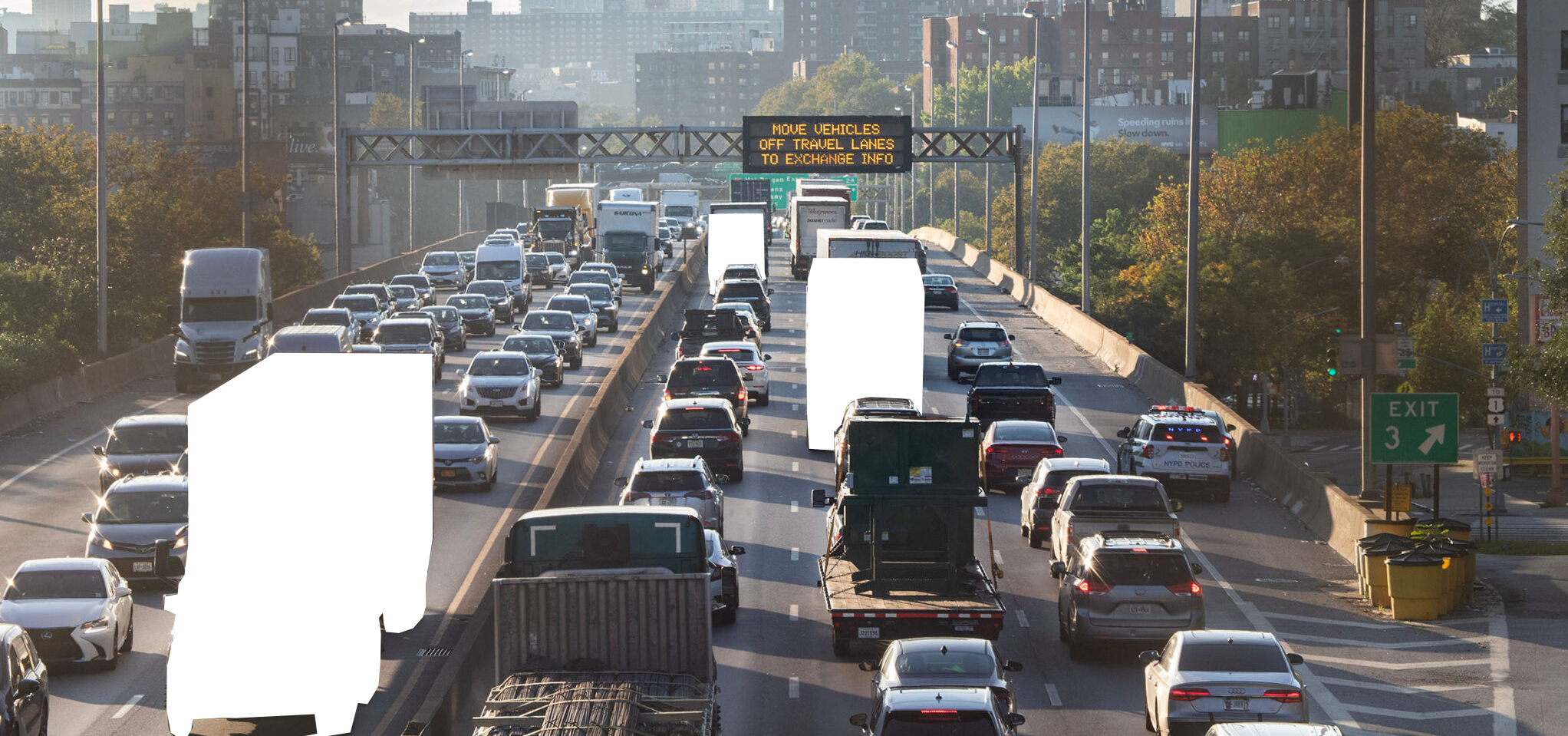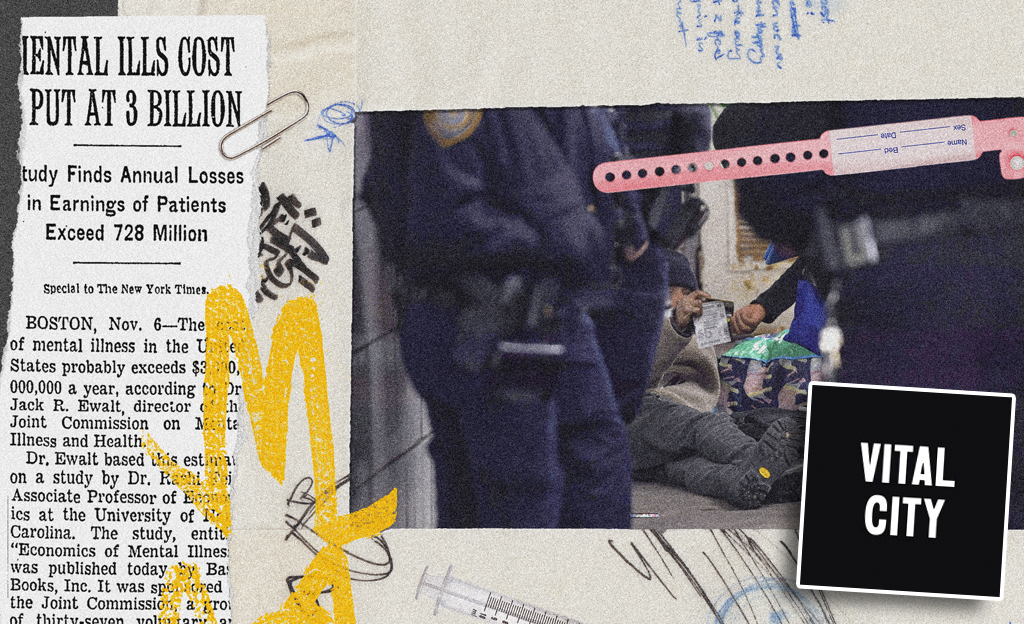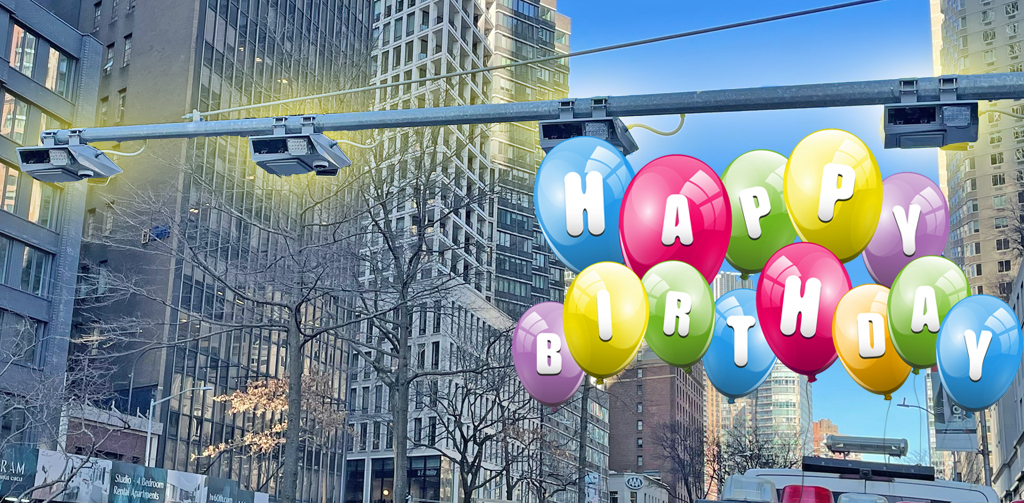Transportation planning and policy has traditionally been a very male dominated field -- and that continues to be reflected in policy.
State DOTs, generally speaking, are crowded with white, male engineers whose training is in building highways. Perhaps the inevitable result is that the issues facing a mother trying to load her stroller onto a crowded city bus tend to get short shrift.
In honor of International Women's Day yesterday, Itir Sonuparlak at Network blog The City Fix explored the issue:
There is also a gap between what women need to be safe on public transportation and what policy and practice are willing to do. For example, a nationwide survey of transit agencies in the U.S. led by Anastasia Loukaitou-Sideris and supported by the Mineta Transportation Institute found that while two-thirds of respondents believed that women travelers have some specific needs, only one-third felt that transit agencies should really do something about it. But even worse was that only 3 percent of the agencies had any programs directed at women. (Just to note, the survey targeted general managers and the heads of security, and 75 percent of the respondents were men.)
To address the unique needs of women while using public transportation, Loukaitou-Sideris recommends including them in the decision-making process. “Transportation planners really need to look at women’s fears in transportation settings and know that there are things that they can do to if not completely eliminate but reduce these fears,” Loukaitou-Sideris explains. “These solutions involve policy, design, policing, and outreach and education.”
Empowering women to contribute to sustainable transportation greatly elevates justice, which is why the Chilean feminist group Macleta is offering its 7th series of classes aimed at teaching women how to ride bikes to help them conquer their fears and move around the city with a sense of ownership. Besides teaching women how to ride a bike, the organization uses data and information about women, their fears and their motivations, to design teaching methodologies and strategies that successfully encourage women to overcome their fears.
Elsewhere on the Network today: Reconnecting America reports on a study that found home values increased more at pedestrian-oriented transit stations than at park-and-rides. Baltimore Spokes explains how the state of Maryland, in the form of emergency services for collisions, ends up subsidizing high-speed roads from its general fund. And Bike Portland explores how original web content can help build the bike movement.






